Filter Categories
All news
Article
Conference
e2-on-TV
Award
International
Newsletter
The consequence of multiplying media options can be seen in changing viewing habits: Only 10% of advertising contacts last longer than eight seconds. It now appears that it is almost sheer human perceptive capacity that is a prime limiting factor to experience.
Up until now, the use of eye-tracking as a broader market research tool for user and ad testing on smartphones has been held back by several hurdles. Advanced phone cameras and machine learning algorithms have now paved the way for a new form of eye-tracking: smartphone technology.
Along with digitization, this has nurtured a new expectation among marketing managers and advertisers: The promise of precise targeting in digital contact and an associated increase in effectiveness through the immediacy of communication.

Accessibility has an impact on the digital, virtual, and physical realms. Currently, government entities at the federal, state, and local levels are required to ensure that their websites comply with the AA level of WCAG 2.1. Starting on July 28, 2025, the private sector will also be subject to the Accessibility Reinforcement Act (BFSGV). Our UX research team is the ideal partner, as we can provide a comprehensive UX analysis for accessibility. With an interdisciplinary approach and a team of specialized research consultants in Accessibility UX research, we offer a thorough UX evaluation, prioritize issues based on severity, and provide practical recommendations for action. Discover our new whitepaper:
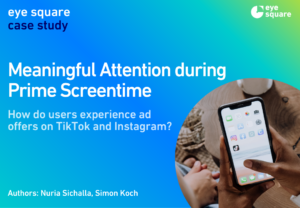
To what extent does usage behavior differ between TikTok and Instagram and how do platform differences reflect on ad impact? In our new case study, we used our live in-context environment enhanced by RealEyes for emotion measurement with a sample of 154 Tik Tok and Instagram users between the ages of 19-39 in the USA. InContext Research enables valid product and ad tests in popular media contexts. The platform is a versatile, entertaining, and insight-strong experimental environment. Interested? Download our new case study and learn more about how it enables a highly scalable approach for assessing ad effectiveness and optimizing campaigns.
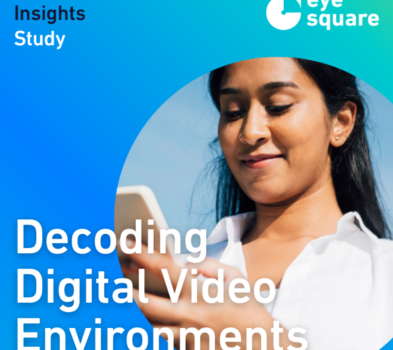
The media landscape has changed rapidly in recent years, with the introduction of new digital ad formats creating both opportunity and increased complexity for advertisers. Despite this, the industry still often uses the broad categories of video versus display for infrastructure and reporting, which does not capture the immense nuance of available ad formats. This research – executed by Realeyes in partnership with eye square and Bill Harvey Consulting – used simulated apps to execute an experimental study across major digital platforms to investigate whether there is evidence for more granular environment types.

In this paper, we explore how AI and advancing digitalisation are influencing consumer experience and behaviour. Our investigation is based on an innovative model of the human “AI Experience” that builds on eye square’s neurosemiotic model. We define the human experience in three dimensions: perception, implicit emotion and explicit cognition.
The AI Lab not only explores how consumers experience AI in everyday life, but also how these encounters can be designed to better meet consumers’ needs. Examples of AI encounters in everyday consumer life include chatbots, autonomous shopping assistants or interactive advertising in the metaverse and social media. Excerpts from in-depth interviews provide an insight into the current mood of consumers and their perception of AI.

Does in-game advertising really work? Our new content piece “Monetarizing the gaming universe: How ads in games can add to games” could provide you with answers. While conclusive research has yet to supply a clear and overarching answer, it can be extrapolated that because game environments are designed to be highly engaging and immersive, and games are built to capture and hold attention, this level of engagement can be translated into brand awareness and recognition.
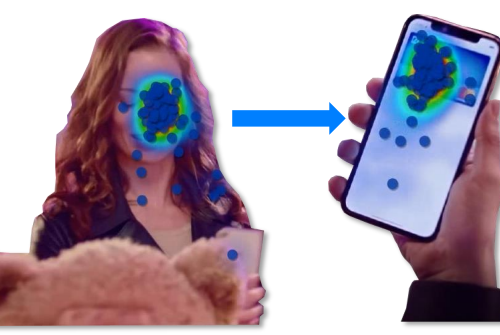
For this whitepaper, our team analyzed an ad from Deutsche Bank.
In this paper, you will learn more about eye square tools and data used in this project.
You will also learn why it is positive for a brand to add as much emotion as possible to its advertising.

In this paper, you’ll learn all about attention in the advertising world.
Why does a digital video generate the most attention? Why do some ads attract more attention than others? To what extent does it differ from platform to platform? Are there attention changes due to different screen sizes?
These and a lot of other questions will be answered in this paper.
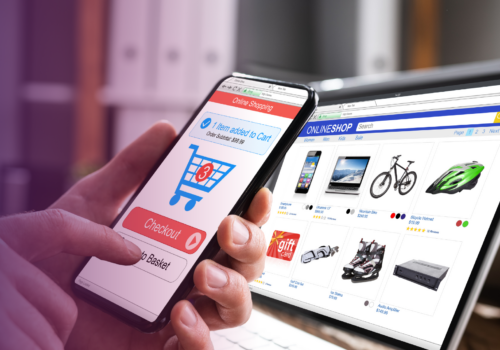
Do you want to know what users expect from online stores and how to make eCommerce sites both successful and great eCommerce experiences?
This joint UX study with VWO is based on 400 online surveys and interviews we conducted with German users in the most important eCom categories of Food, Furniture, Electronics, and Fashion. We looked at their entire customer journey, starting with the online search, moving through the product information, and finally we went to the checkout process.
This white paper provides a unique comparative guide to build successful ecommerce websites and teaches you how to improve the user experience.

A quick, powerful and beautiful appearance pays off to get the most attention for your social video ads. This comprehensive smartphone-eye-tracking study offers the key to successful social ads in different channels.
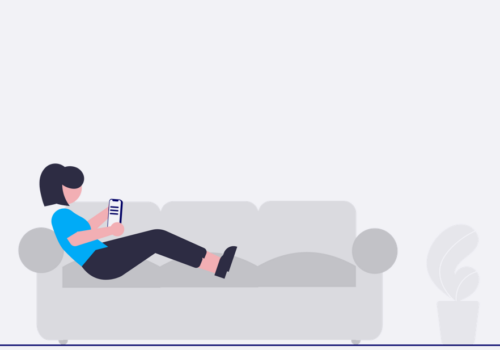
Up until now, the use of eye-tracking as a broader market research tool for user and ad testing on smartphones has been held back by several hurdles. Advanced phone cameras and machine learning algorithms have now paved the way for a new form of eye-tracking: smartphone technology.
A quick, powerful and beautiful appearance pays off to get the most attention for your social video ads. This comprehensive smartphone-eye-tracking study offers the key to successful social ads in different channels.
What role does the psychological openness of users, their receptivity to brand messages, and the dynamic growth of social media advertising play? We present findings from a large social media study with 3000 users. Using the live ad platform, eye square shows how advertising contacts for experimental studies are produced in the personal newsfeeds of study participants and how their effects are standardized.
What role does the psychological openness of users, their receptivity to brand messages, and the dynamic growth of social media advertising play? We present findings from a large social media study with 3000 users. Using the live ad platform, eye square shows how advertising contacts for experimental studies are produced in the personal newsfeeds of study participants and how their effects are standardized.

A quick, powerful and beautiful appearance pays off to get the most attention for your social video ads. This comprehensive smartphone-eye-tracking study offers the key to successful social ads in different channels.
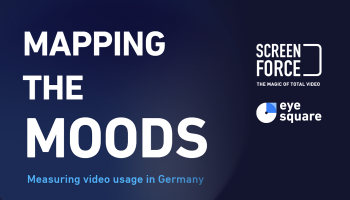
For media planners to accurately target advertising and maximize its impact, it is becoming more and more crucial to understand how audiences are using moving images. As a follow-up to “Track the Success,” which examined usage patterns, the current Screenforce study “Mapping the Moods” dives more deeply into audience feelings.
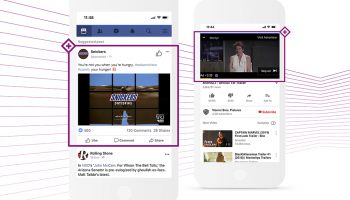
What role does the psychological openness of users, their receptivity to brand messages, and the dynamic growth of social media advertising play? We present findings from a large social media study with 3000 users. Using the live ad platform, eye square shows how advertising contacts for experimental studies are produced in the personal newsfeeds of study participants and how their effects are standardized.
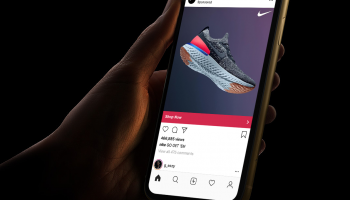
Media moments become shorter. More than 62% of media perceptions are short (< 2.5 seconds). Nevertheless, as shown in the main results of eye square’s extensive meta-analysis, good creations can still leave an impression in the memory if the user’s attention is understood as a gift.

On smartphones, users orientate themselves faster and direct their attention primarily to the top positions. Discover more results in our study on Mobile Search, where participants searched for products on their smartphones and looked at advertisements and organic results of the test brands.

People often use different media devices at the same time. But how much time do TV viewers spend watching their smartphones and which apps get their attention? Learn how people distribute their attention between the devices and how marketers can reach these consumers across screens and geographies.

By simulating a product purchase, the effect of the advertising contact on the actual buying behavior can be examined. eye square has developed the Ad-to-Cart Effect for this purpose, which maps the effect of ads in social media on sales in the online store.
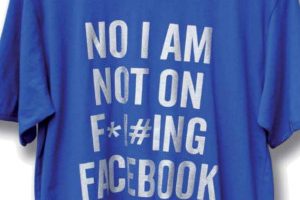
For Generation Z, social media is no longer about Facebook. Brands need to understand how digital behavior of young consumers – the social media natives – is changing in order to continue to engage with them in their language.

Social media platforms may be visited very often, but only briefly. Two-thirds of Instagram users check their newsfeed several times a day, for example – but rarely for more than a minute. Nevertheless, contacts are made during this time, which advertisers can use.

Customer loyalty is attracting more and more attention. Studies show that acquiring new customers costs considerably more than retaining existing customers. A “holistic view of the customer journey” is therefore required. Of particular interest is how the touchpoints along the customer journey influence customer loyalty.

Which advertising strategy and platform works best for your new product and illustrates your offer efficiently? TikTok or YouTube? Short or comprehensive videos? In this case study, we explore how pre-testing your ad creation in a live context supports you in choosing the perfect platform and creating a successful campaign.
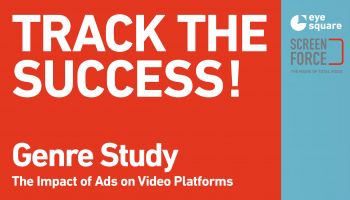
The experimental genre study by Screenforce and eye square compares the performance of advertising in different moving image channels. How does the performance of advertising compare in TV, broadcast video-on-demand (BVOD), YouTube and Facebook? The in-home study examines the reception situation of the audience.
Comparison portals provide a comprehensive overview within seconds and, in addition, often enable a change of provider with just a few clicks. A positive user experience often determines whether a customer becomes loyal or whether he looks for alternatives. Companies that know their customers’ needs therefore have a clear advantage.
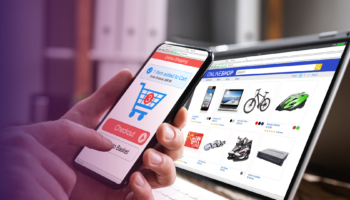
This joint UX study with VWO is based on 400 online surveys and interviews we conducted with German users in the most important eCom categories of Food, Furniture, Electronics, and Fashion. We looked at their entire customer journey, starting with the online search, moving through the product information, and finally, we went to the checkout process.

Comparison portals provide a comprehensive overview within seconds and, in addition, often enable a change of provider with just a few clicks. A positive user experience often determines whether a customer becomes loyal or whether he looks for alternatives. Companies that know their customers’ needs therefore have a clear advantage.

With eye square’s UX Online Benchmarking, we offer you a fast and efficient way to measure how your online presence compares to the competition. It follows a holistic methodological approach that combines explicit and implicit tools.

How does a player experience a game and which emotions are involved? Which parts of the game do they actually perceive? Learn how you can benefit from our expertise in all development phases of your game and improve the user experience.
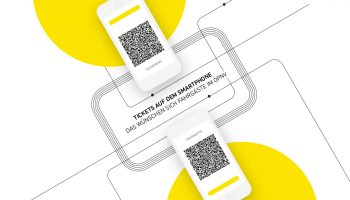
It has become a matter of course to search online for a connection to your destination. But why is mobile ticketing not more common in Germany? We examined the obstacles that have to be overcome to make it more attractive for passengers.

Apps in the service of health are a growing market and have the potential to contribute to the success of treatment for chronic diseases. Apps that accompany therapy inform, motivate and remind patients and thus help them to consistently follow the therapy.

Invisible interfaces – bots and voices – are becoming more important brand touchpoints, but they currently focus primarily on functional benefits. Language, voice, language style and content can be branded in order to differentiate both the interaction and the brand experience.
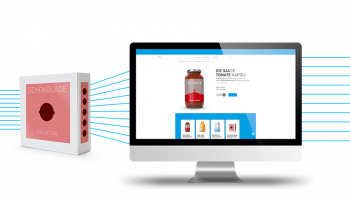
Appealing to consumers is a modern challenge in all shopping environments. Packaging that communicate on a multi-sensory level offer businesses the chance to stand out and inspire consumers. Not only do they explain product advantages, but also tell stories that customers keep in mind.
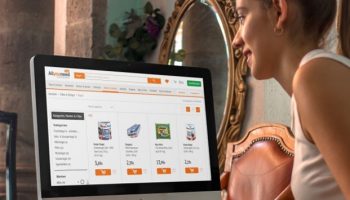
E-commerce is booming. Only when it comes to buying food and other fast moving consumer goods (FMCG) Germans still hesitate. Companies interested in tapping this potential must improve the online supermarket experience and redefine category management and shopper marketing.
To gain market share in the e-commerce sector, you have to analyze the behavior of online shoppers in their natural environment. Felix Metger from eye square shows how tests can be carried out under real-life conditions.

For years, digital advertising has been dominated by Google and Facebook. Recently, the tides of the Google and Facebook duopoly are shifting as eMarketer marked a drop in Google’s ad revenues for the first time.

Prof. Dr. Lippold (FH Ostfalia) has now published a study comparing classical and new methods of measuring willingness to pay prices and comes to astonishing results.
You have questions or feedback regarding our studies, whitepapers or case studies? We’re here to help and answer any question you might have. We look forward to hearing from you. Get in touch!
You need to load content from Turnstile to submit the form. Please note that doing so will share data with third-party providers.
More Information